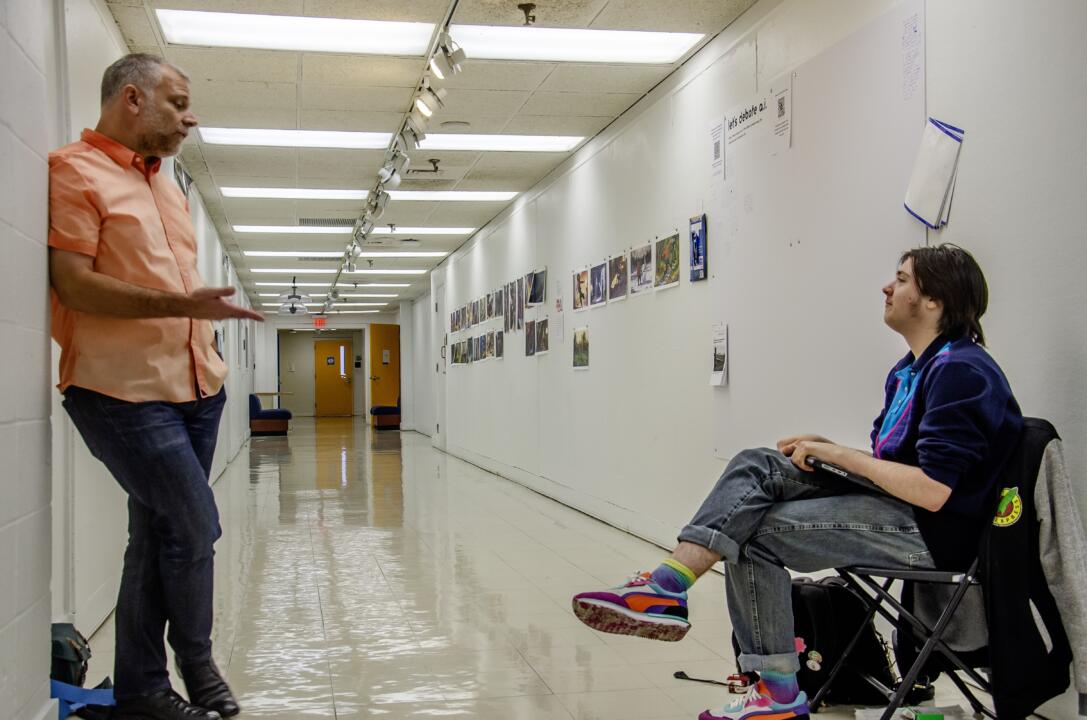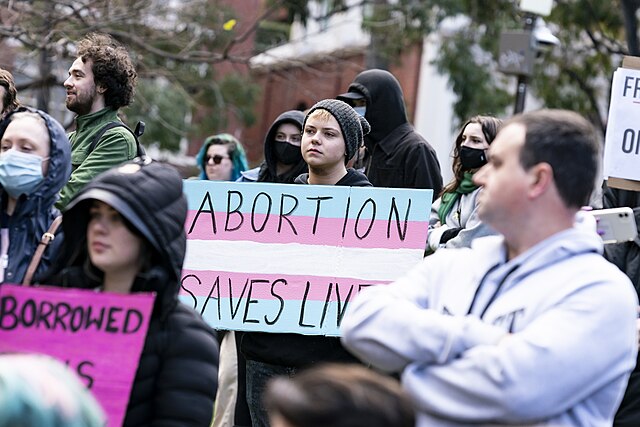In urban areas, 15 percent of all land is vacant space. There’s a lot that can be done with the vacant lots in Baltimore. Formerly space used for residences, Baltimore City now has plenty of empty lots that can be used for other purposes. For geography and environmental systems professor Christopher Swan, these are areas that can be turned into green space.
His research interests include community ecology, biodiversity, urban ecology, and the ecology of rivers and streams. For six years, Swan and his graduate students have been transforming these previously vacant lots into green spaces that can be both environmentally and socially beneficial.
Swan’s project is meant to solve a problem that remains prevalent in many urban areas. He says, “One problem in urban environments is the increasing percentage of vacant land. This is land where buildings once stood, they’ve been vacated … The question is: what do you do with this land? Are there environmental problems with it?” According to Swan, the answer begins in the soil: “The soil is very unsuitable for native plants. It often has pollutants in it, so that when water hits it, it runs off very quickly.”
This has implications due to the species of plants it tends to attract. “We get a lot of non-native species. That matters because the sustainability action plan in many cities is to bring back native species,” he said. “So, instead of having weeds, we’d like to see the species that naturally occur in the region.”
Soil samples in urban areas frequently carry pollutants such as heavy metals, including lead. Often, extracting a layer of soil reveals building materials which are not conducive to healthy soil. This makes it difficult for native plant species to grow in and without them, pollinators will ignore the area. These pollinators are crucial for a healthy ecological balance.
Swan’s work takes place in Harlem Park in West Baltimore, which is known for having issues with poverty and crime. But Swan’s attitude towards his work and the community is undoubtedly positive: “When we go out, folks talk to us … Most folks are interested, we get thank yous … I make a point of saying ‘hello’ to everyone.”
Yet, there is some criticism. “There are some folks that would prefer these areas to be parks, and when I walk in and do what I’m doing, it appears that I have control over the property,” said Swan, “UMBC licenses the property from the city, so I can’t do everything they want.”
There is also an economic benefit to Swan’s work. He said, “If you look at the distribution of vacant lands, it’s in areas of economically disadvantaged people. So the percentage of vacant lands is very high where poor people [live]. These areas are not kept up, often are a haven for crime, trash is usually left there.” Green space can often be sold to developers that can further improve it.
Swan’s work has earned him recognition from the Atlantic, but he remains humble and thanks the graduate students who have worked with him. “I didn’t do this alone,” he said. “I have a previous graduate student Anna Johnson and I have a current graduate student Dorothy Browy, who are critical in getting this going and maintaining the work. There’s been a bunch of undergraduate interns at UMBC that have helped out.”
It’s thanks to their work that Charm City has a little more green in it.


